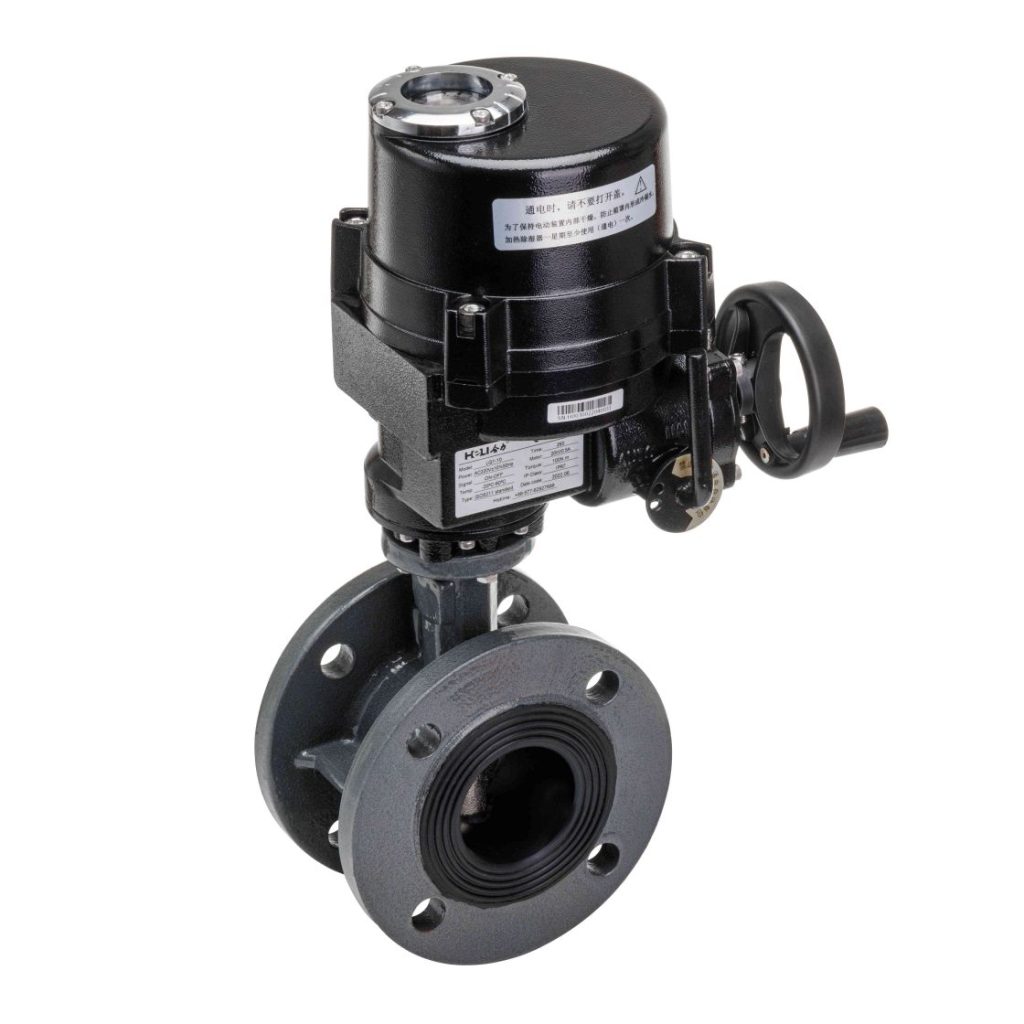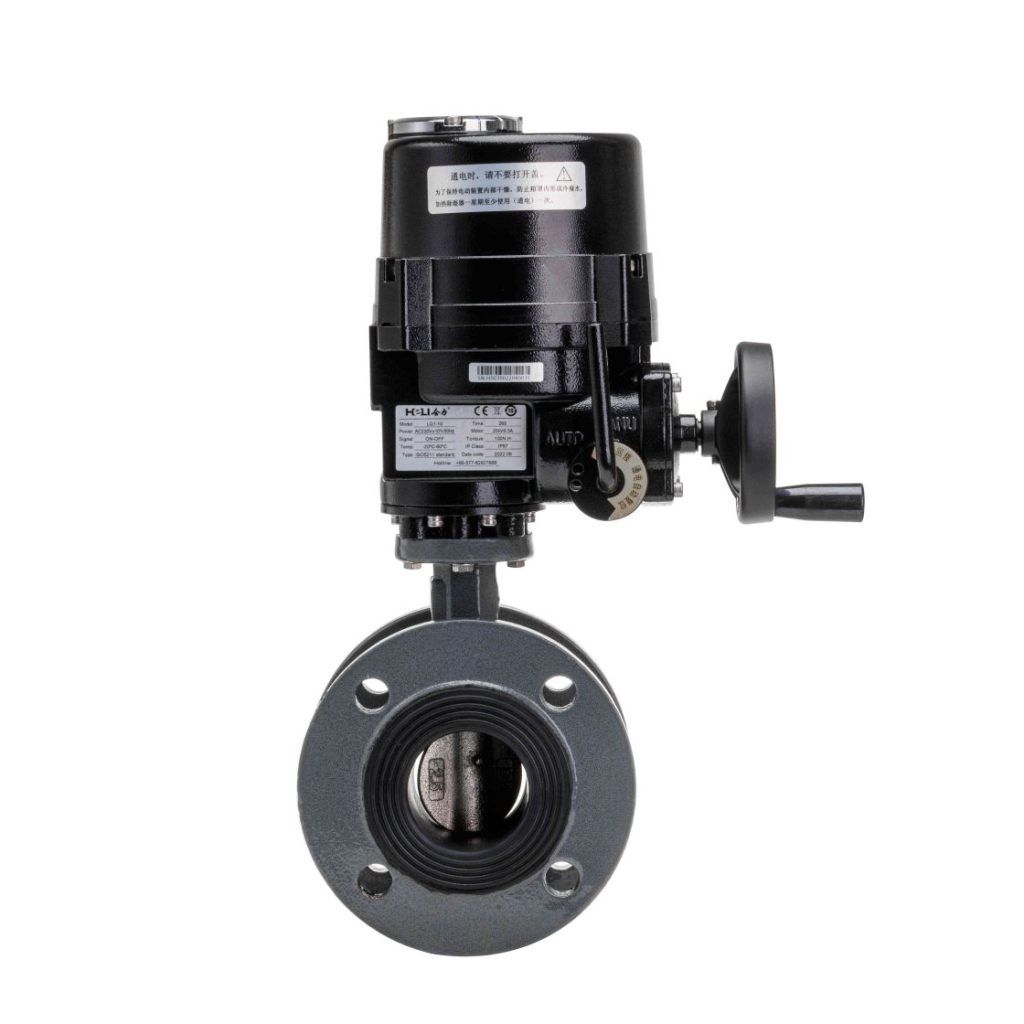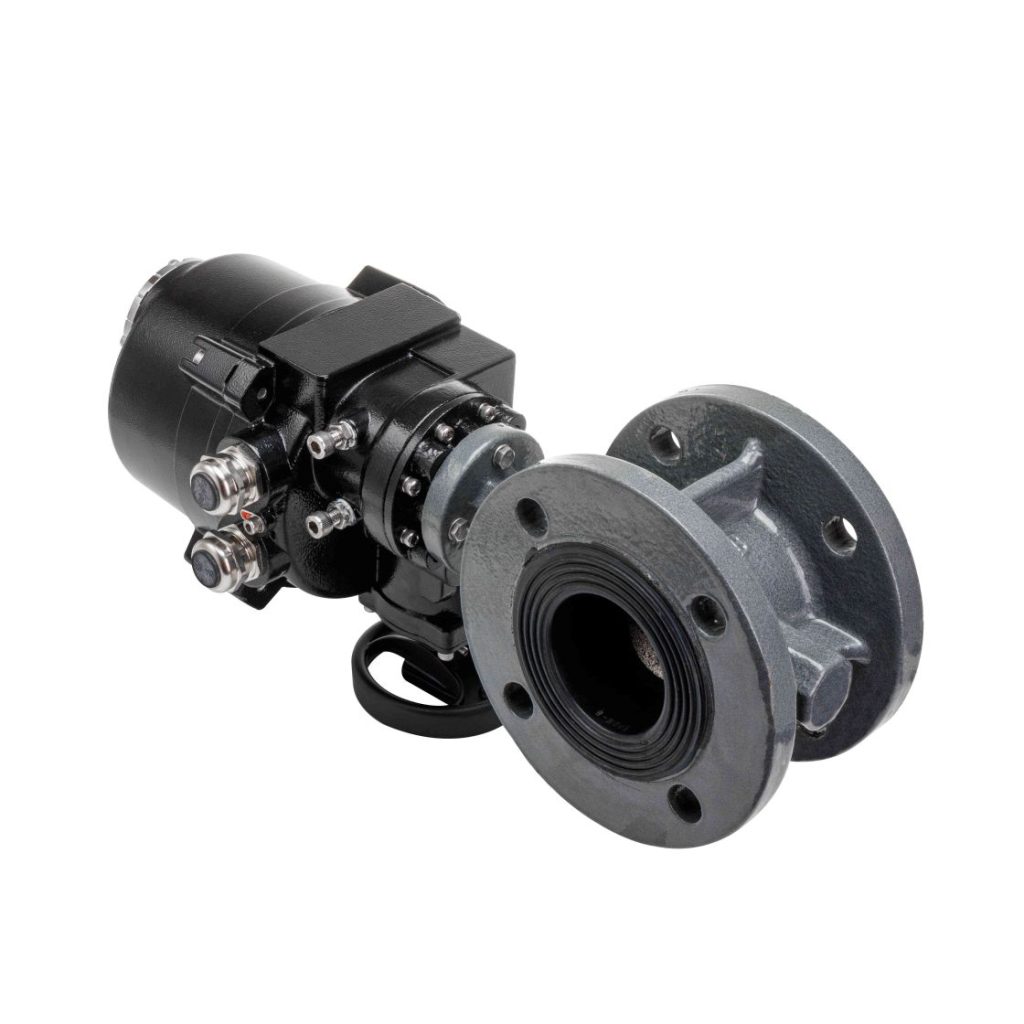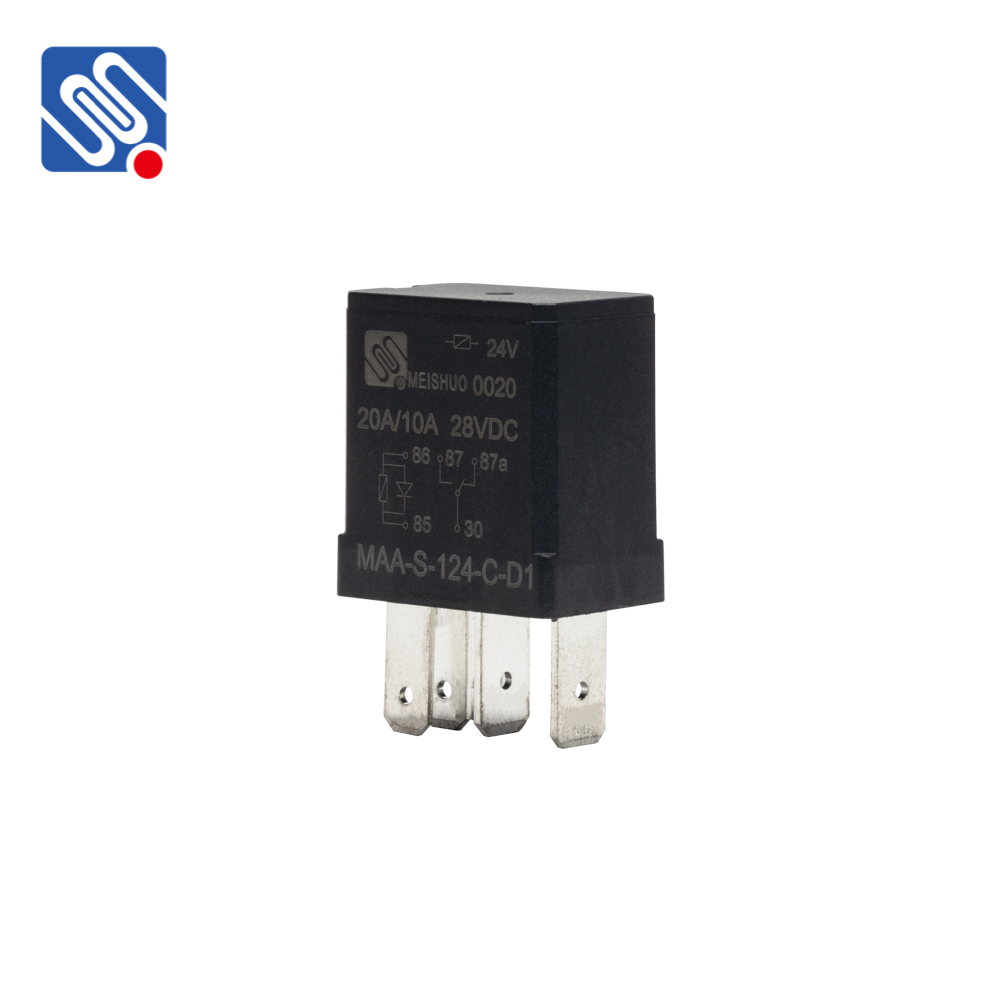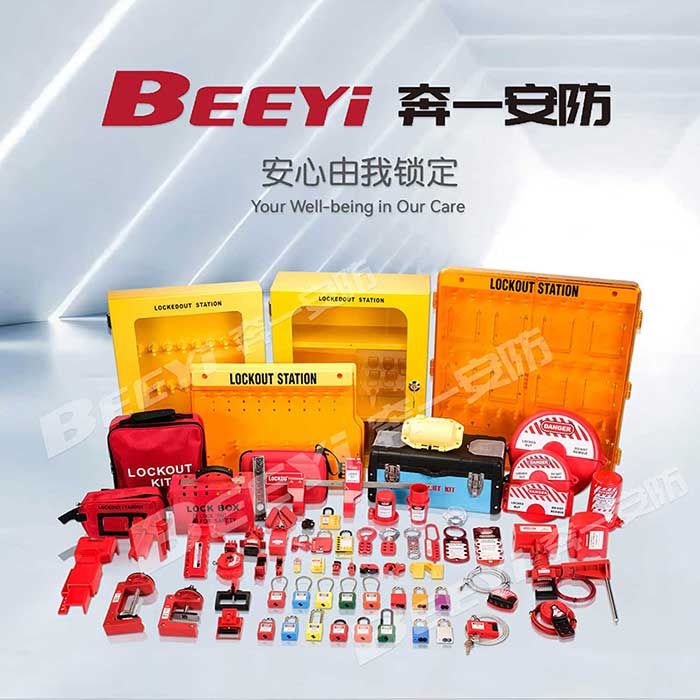Lock Out Tag Out (LOTO) devices are vital tools in ensuring safety in workplaces, especially in environments where machinery and equipment operate with dangerous energy sources. These devices are part of a broader safety procedure designed to prevent injuries by locking or tagging equipment and machinery in a safe state during maintenance, repair, or cleaning. LOTO devices are especially critical in industries such as manufacturing, construction, and utilities, where the accidental release of hazardous energy can result in severe injuries or even fatalities.

What are Lock Out Tag Out Devices? Lock Out Tag Out devices are safety tools that prevent the accidental release of hazardous energy. They are used to lock out energy sources, such as electricity, hydraulic power, or pneumatic systems, and to clearly tag equipment to indicate that maintenance or repair is ongoing. These devices include physical locks, tags, and keys that are implemented to ensure the equipment cannot be operated until the lock and tag are removed by the individual who applied them. Components of Lock Out Tag Out Devices Lockout Devices: These are physical locks applied to energy-isolating devices (such as circuit breakers or valve handles). They ensure that the energy supply is completely isolated and cannot be turned on by unauthorized personnel.

